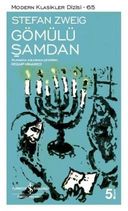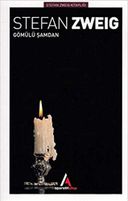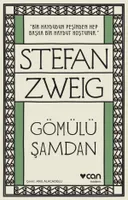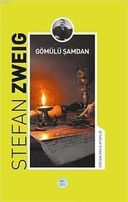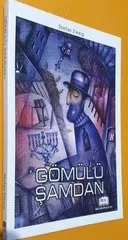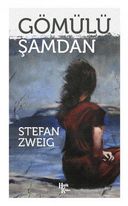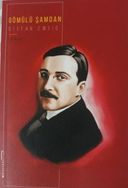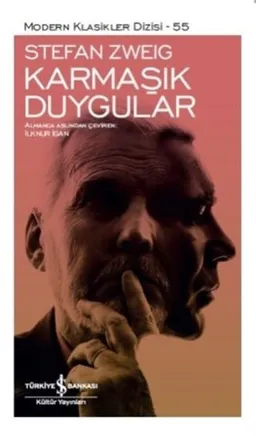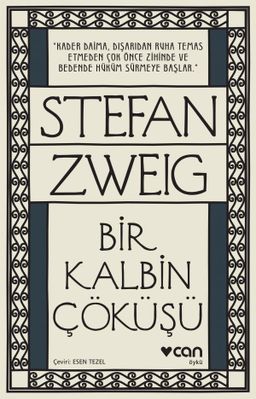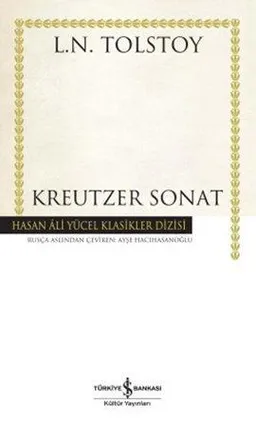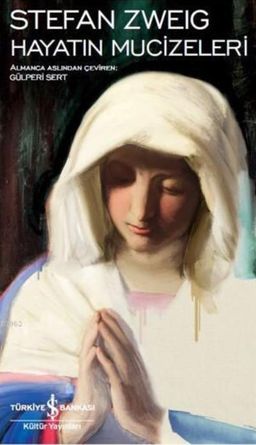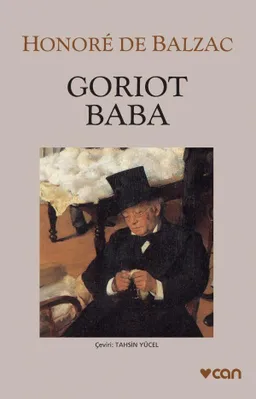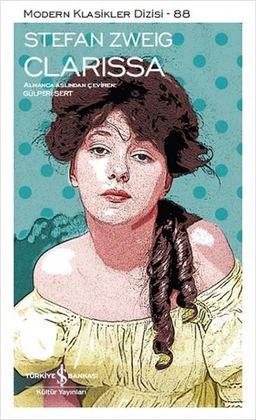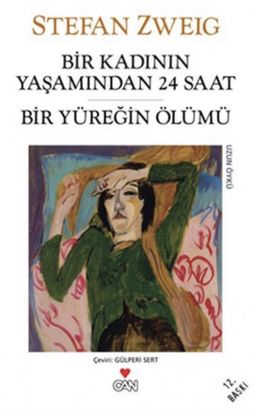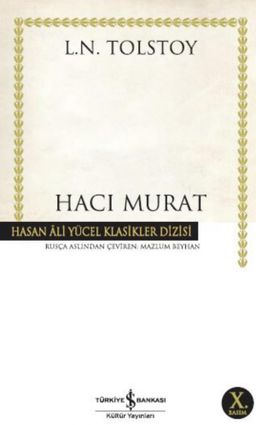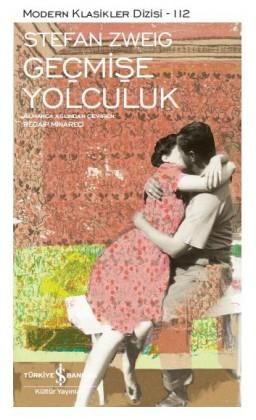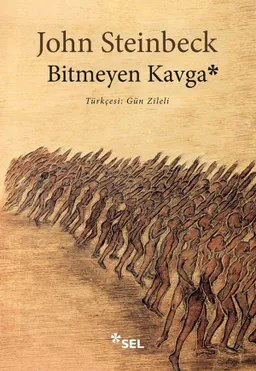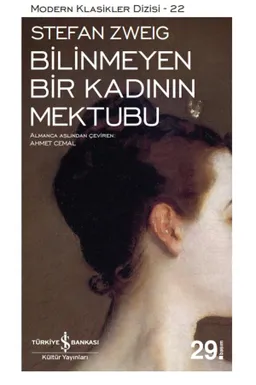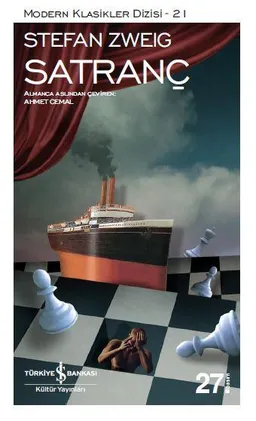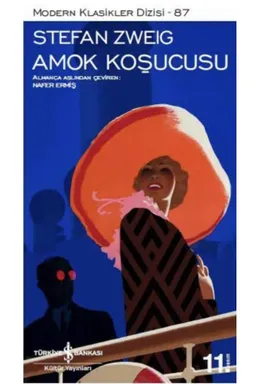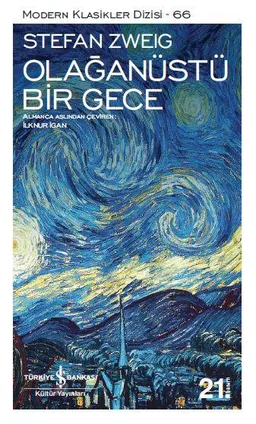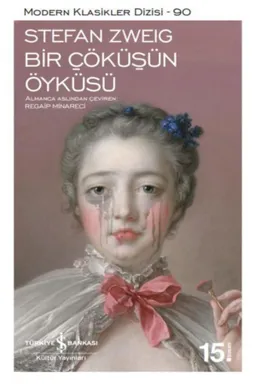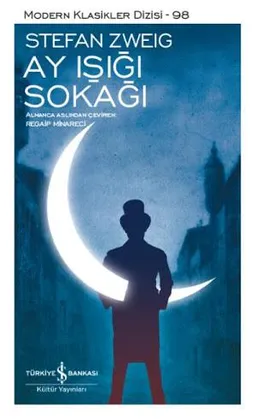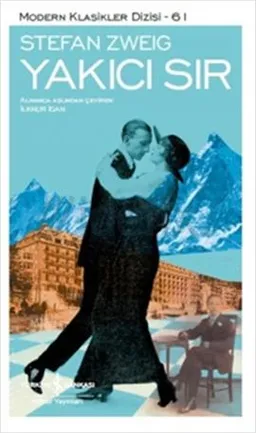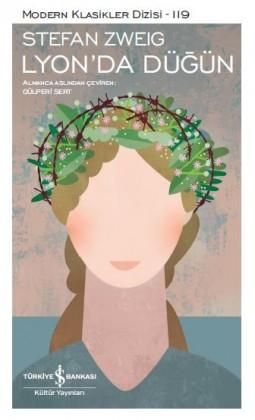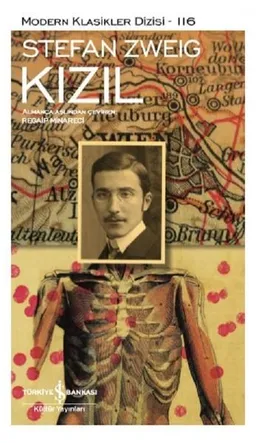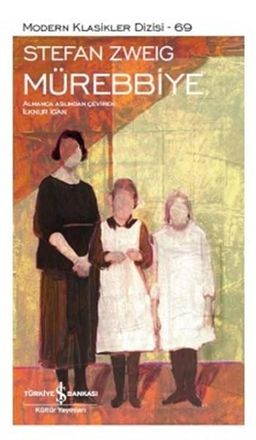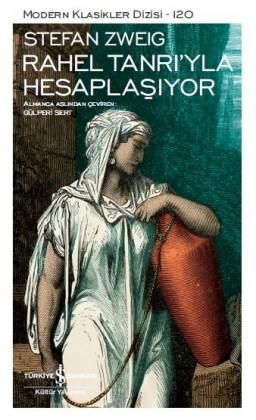Gömülü Şamdan
Stefan ZweigAbout Gömülü Şamdan
Gömülü Şamdan subject, statistics, prices and more here.About
Görünmez olana bağlananın işi, elle tutulur olana düşkün olanınkinden daha zordur; çünkü
diğeri geçici, bizimki ise kalıcıdır.
İnsan eliyle yapılan her şey nasıl zamanın ve insanoğlunun tahrip edici anlayışıyla yok olup
gidiyorsa, kuyumcunun aslını taklit ederek hazırladığı bu emanet de böylece yok olup gitti ve izi
de sonsuza kadar silindi. Ama saklanan sır sayesinde ayakta kalan ezeli şamdan, hâlâ farkına
varılmadan ve sapasağlam olarak vatanındaki mezarında bekleyip nöbet tutuyordu.
* * * * *
Gömülü Şamdan; Yahudilerin kutsal emaneti yedi kollu şamdanın, Roma'yı yağmalayan
Vandalların eline geçmesi ile başlayan ve seksen yıllık bir hasretten sonra Bizans’ta ortaya
çıkışının ve son şahit Benjamin’in ellerinde Kudüs’e gömülmesinin hikâyesidir.
Author: Stefan Zweig
Türler:
Estimated Reading Time: 4 hrs. 32 min.Page Number: 160Publication Date: 2022First Publication Date: 1936Publisher: Çınaraltı YayınlarıISBN: 9786258456226Country: TürkiyeLanguage: Türkçe
Other Editions
Gömülü Şamdan
11.1k okunmaTürkiye İş Bankası Kültür Yayınları · December 2022 · 110 syf
Gömülü Şamdan
677 okunmaVenedik Yayınları · 2019 · 184 syf
Gömülü Şamdan
498 okunmaAnonim Yayıncılık · May 2020 · 184 syf
Gömülü Şamdan
491 okunmaZeplin Kitap · 30 July 2019 · 112 syf
Gömülü Şamdan
434 okunmaAperatif Kitap Yayınları · 29 January 2019 · 136 syf
Gömülü Şamdan
250 okunmaMartı yayınları · 7 December 2018 · 160 syf
Gömülü Şamdan
192 okunmaCan Yayınları · July 2020 · 120 syf
Gömülü Şamdan
161 okunmaMavi Çatı Yayınları · 11 February 2019 · 136 syf
Gömülü Şamdan
160 okunmaOlympia Yayınları · 2003 · 136 syf
Gömülü Şamdan
85 okunmaTükenmezkalem Yayınları · 2020 · 130 syf
Gömülü Şamdan
57 okunmaBildiğin Kitap Yayınları · 2018 · 176 syf
Gömülü Şamdan
44 okunmaHalk Kitabevi · 2021 · 184 syf
Gömülü Şamdan
37 okunmaHayykitap Yayınları · March 2020 · 130 syf
Gömülü Şamdan
23 okunmaTutku Yayınevi · August 2018 · 192 syf
Gömülü Şamdan
18 okunmaMinüskül Kitap · 2020 · 130 syf
Book Statistics
All statistics
Statistics of this edition
Reader Profile of the Book
Kadın% 72.3
Erkek% 27.7
0-12 Yaş
13-17 Yaş
18-24 Yaş
25-34 Yaş
35-44 Yaş
45-54 Yaş
55-64 Yaş
65+ Yaş
About the Author
Stefan ZweigYazar · 187 books
This text has been automatically translated from Turkish. Show Original
Stefan Zweig, whose father was a wealthy industrialist, began to study culture and literature from an early age. He learned English, French, Italian, Latin and Greek. He studied philosophy at the universities of Vienna and Berlin. He wrote his first poems in high school, under the influence of Hugo von Hofmannsthal and Rainer Maria Rilke's works. After 1901, he translated the poems of Paul Verlaine and Baudelaire, who wrote in French, into German. Between 1907 and 1909 he traveled to Ceylon, Gwaliar, Calcutta, Benores, Rangun and Northern India, followed by a trip to America in 1911, covering New York, Canada, Panama, Cuba and Puerto Rico. In 1914, he went to Belgium to live with Émile Verhaeren.
During World War I (1914-1917), he volunteered as a civil servant in the "War Archive" at the war headquarters in Vienna. After the war, he returned to Austria and settled in Salzburg. In 1920, he married Frederike Von Winternit. Stefan Zweig lived in Salzburg for about 20 years. The years he spent in his villa on the slopes of Kapuzinerberg were Zweig's most productive years. He bought the villa at number 5, Kapuziner hill, during the years he was married to Friderike. The years he spent in Salzburg took Zweig to the top in literature, and he wrote his most beautiful works in the two-storey villa hidden among the trees overlooking the city and Salzach. He quickly made friends with famous people and frequently hosted them in Salzburg. Romain Rolland, Thomas Mann, H.G. Wells, Hugo von Hofmannstahl, James Joyce, Franz Werfel, Paul Valery, Arthur Schnitzler, Ravel, Toscanini and Richard Strauss were Zweig's guests. During his years in Salzburg, Zweig put his weight behind the intellectual unity of Europe; he warned against excesses in his articles and lectures; He called for wisdom and patience in diplomatic circles. In 1927, he wrote "Confusion of Emotions" and "Moments When the Star Shines" in Munich, Germany. and "Historical Head Miniature" His books titled "Farewell to Rilke" were published on February 20, 1927. He gave his speech titled: In 1928, he went to the Soviet Union to attend the 100th Birth Anniversary Celebrations of Leo Tolstoy. In 1933, among the books that the Nazis began burning were the works of Zweig, who was of Jewish origin. In 1934, when the Gestapo raided his villa and searched for weapons, Zweig had to leave his country and settled in London, England. However, he did not feel comfortable here and moved out.
Zweig separated from his first wife, Frederike, in 1937, and a year later he went to Portugal with a woman named Lotte Altman. At that time, Austria had joined the German Reich, and Zweig applied for British citizenship. "Impatience of the Heart" in 1939 His novel was published and Zweig married Lotte Altman, with whom he went on a trip to Portugal. He became a British subject in 1940, during World War II. During World War II he traveled to New York, Argentina, Paraguay and Brazil. Zweig decided to settle in Brazil, where he went for conferences. There he wrote the famous "A Chess Story". Stefan Zweig began working on Montaigne in 1941 and published "Yesterday's World - European Memories". He wrote his autobiography. "Yesterday's World" The book is a tribute to the old days by an author who lived his youth in the early 1900s, when he realized that the world he lived in would never be the same.
He committed suicide with his wife Lotte in Rio de Janeiro on February 22, 1942, due to his sadness at the situation in Europe and the disappointments in his life. This was caused by Hitler's pessimism that he thought the world order was permanent, as well as the thought that his own world would never exist again.
Zweig, a productive writer, experimented on many subjects. He wrote lyric poems, tried stage works in the genre of tragedy and drama, and produced important works, especially in the field of biography. His interest in Freud and psychology led him to this field. His work in the field of biography revealed the lives of many famous people of the period. Three Great Masters: Balzac, Dickens, Dostoyevsky; Those Fighting the Demon Within Oneself: Hölderlin, Kleist, Nietzsche; Romain Rolland; Marie Antoinette; The works of Magellan, Stendhal, Erasmus and Fouche are a few of these biographies.
Books
Bilinmeyen Bir Kadının Mektubu
8/10
Satranç
8.3/10
Amok Koşucusu
7.8/10
Olağanüstü Bir Gece
7.5/10
Bir Kadının Yaşamından Yirmi D...
7.6/10
Korku
8.2/10
Bir Çöküşün Öyküsü
7.5/10
Ay Işığı Sokağı
7.2/10
Mecburiyet
8/10
Yakıcı Sır
7.8/10
Lyon'da Düğün
7.4/10
Kızıl
7.5/10
Geçmişe Yolculuk
7.2/10
Mürebbiye
7.2/10
Rahel Tanrı’yla Hesaplaşıyor
8.1/10
